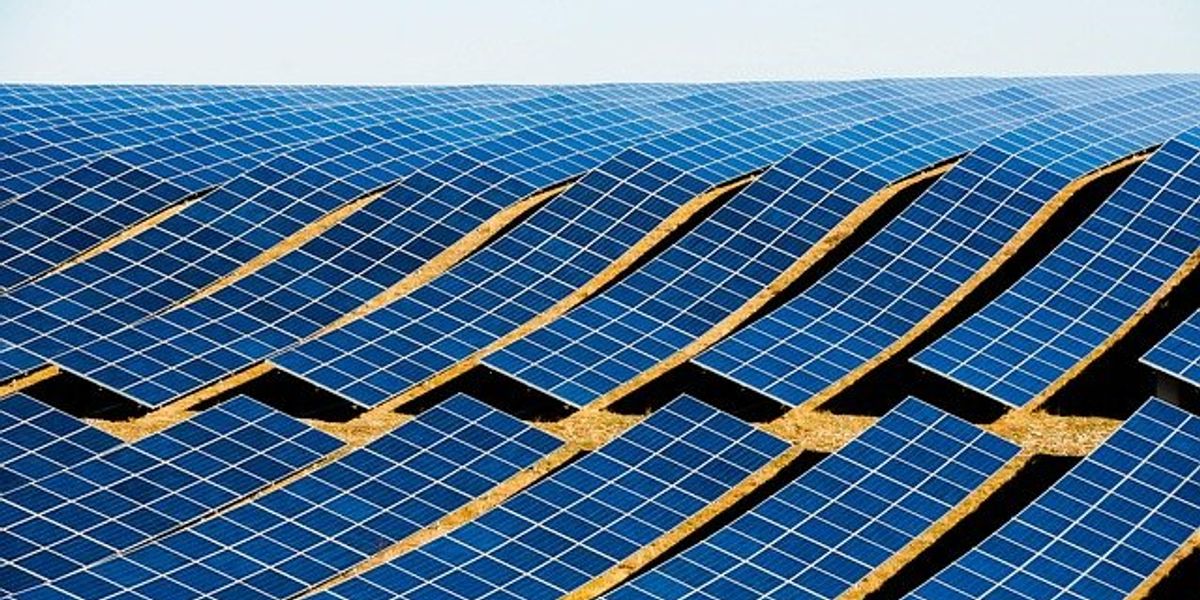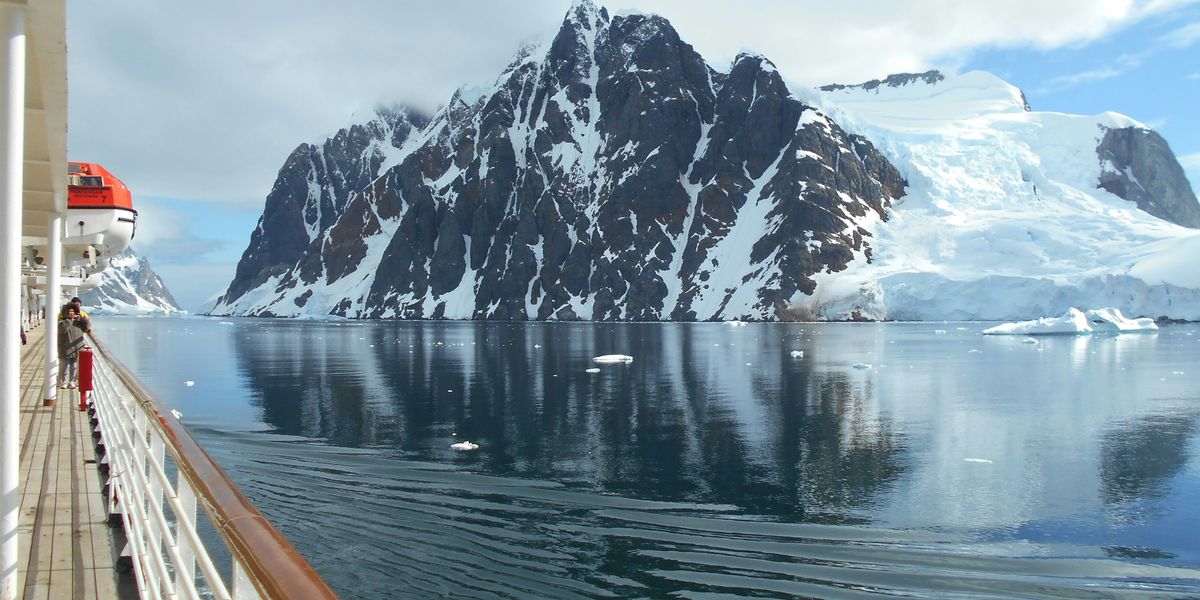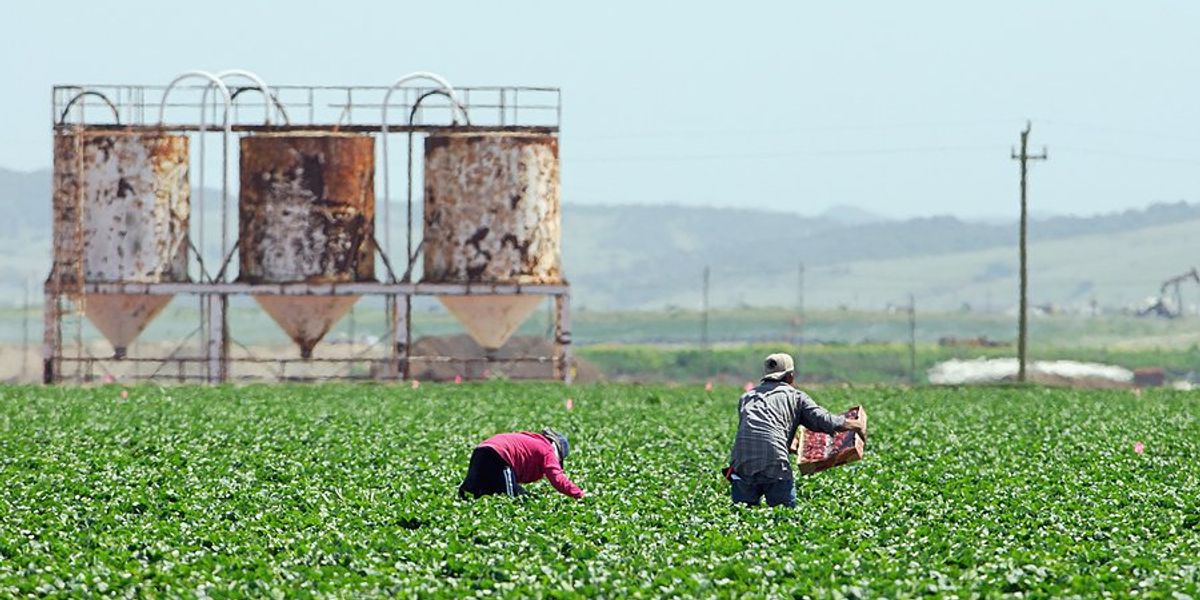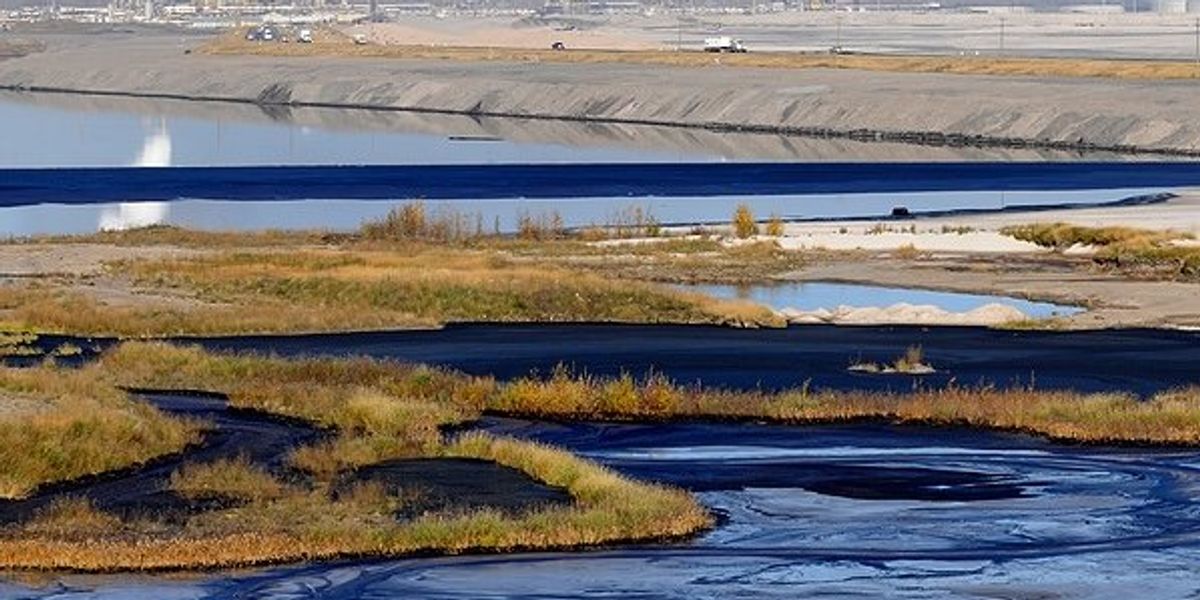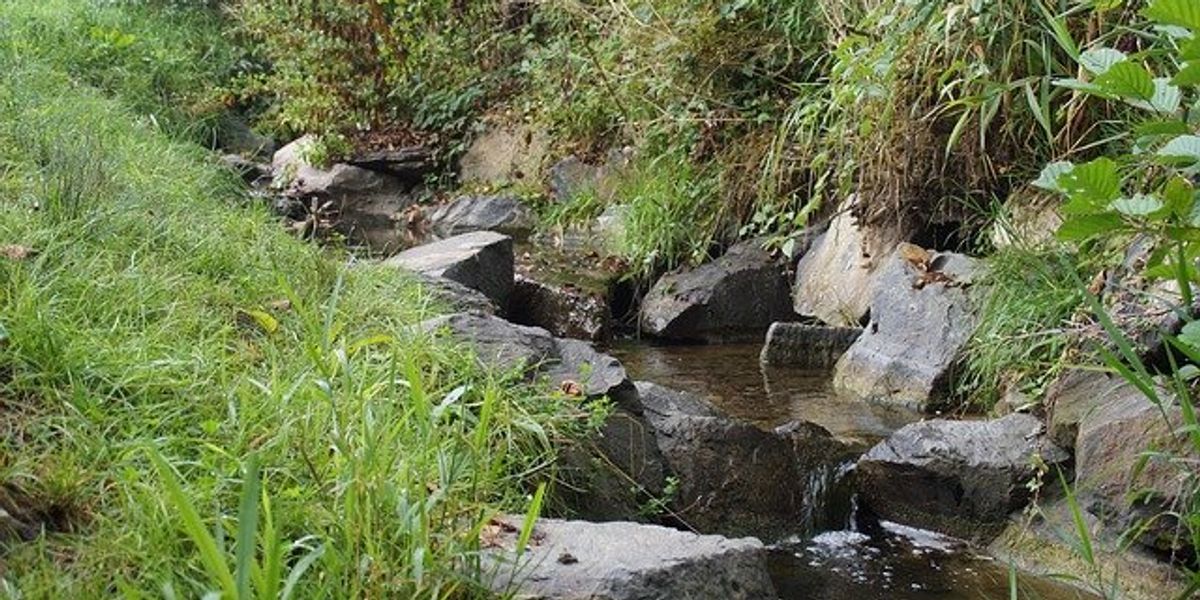
Trump administration halts federal workplace heat protections
A presidential memo from Donald Trump has indefinitely suspended the Occupational Safety and Health Administration's efforts to establish national heat safety regulations, leaving millions of workers at risk.
Jeremy Lindenfeld reports for Capital & Main.
In short:
- Trump's Jan. 20 directive froze all pending federal rulemaking, including OSHA’s proposed heat safety regulations.
- The rule, pushed by labor advocates, would have required employers to provide water, shade, and rest breaks when temperatures hit 90 degrees.
- Some Republicans are also seeking to abolish OSHA entirely, raising further concerns about worker safety.
Key quote:
“I would characterize it as class warfare. It’s rich people sacrificing the lives of working people just so that they can save pennies on the dollar for not providing water, shade or rest breaks.”
— Antonio De Loera, United Farm Workers communications director
Why this matters:
Heat-related illnesses kill dozens of workers annually, with thousands more suffering serious injuries. Climate change is driving more extreme temperatures, making workplace protections even more urgent. Without federal safeguards, farmworkers, construction crews, warehouse employees, and other vulnerable workers face heightened risks, particularly in states without their own heat safety laws. OSHA had been working toward a national standard for years, but with this rulemaking process now stalled, workers may have little recourse against dangerous conditions.
Read more: Opinion: States must step up on workplace safety as federal protections erode

